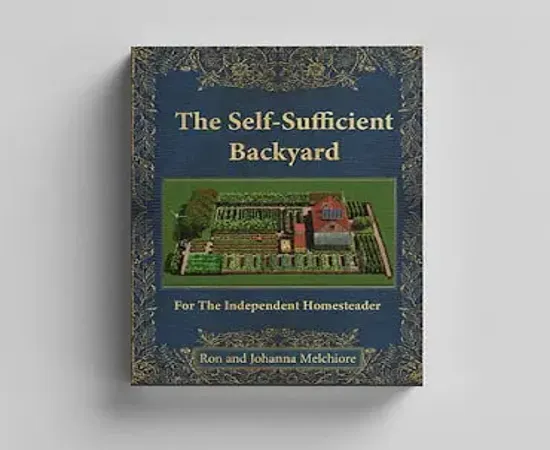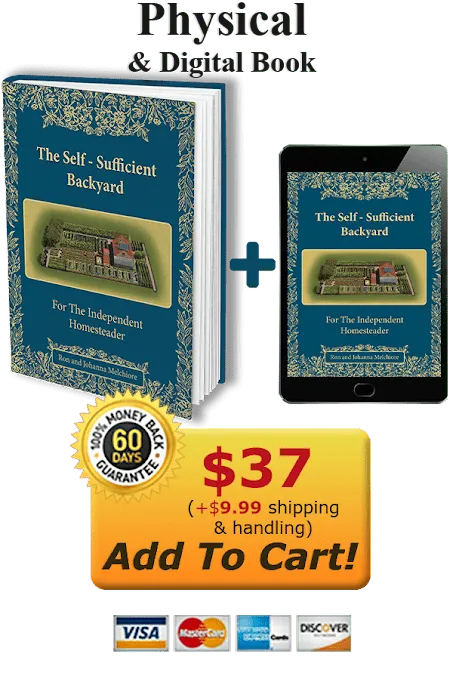Creating a self sufficient backyard: A Guide to Sustainable Living
Imagine stepping outside your doorstep and being greeted by a lush, thriving garden teeming with fruits, vegetables, and herbs that you have grown yourself. This idyllic vision is not just a fantasy – it can be a reality with a self-sufficient backyard. In this article, we will explore the benefits of cultivating a self-sufficient backyard, provide some practical ideas to get you started, and address some common questions that may arise when embarking on this journey.
The Benefits of a Self Sufficient Backyard
Transforming your backyard into a self-sufficient oasis offers a multitude of benefits. Not only does it allow you to have a ready supply of fresh, organic produce at your fingertips, but it also promotes sustainability and reduces your carbon footprint. By growing your own food, you can cut down on trips to the grocery store and minimize packaging waste. Additionally, gardening has been shown to have numerous health benefits, both physical and mental, providing a therapeutic escape from the stresses of daily life.
Exploring self sufficient backyard Ideas
There are countless ways to design and cultivate a self-sufficient backyard that suits your lifestyle and preferences. From raised bed gardens to vertical planters and hydroponic systems, the possibilities are endless. Consider incorporating rainwater harvesting systems, composting bins, and bee-friendly plants to create a sustainable ecosystem within your backyard. By implementing permaculture principles and companion planting techniques, you can maximize the productivity of your garden and create a thriving ecosystem that supports pollinators and beneficial insects.
Frequently Asked Questions
1. How to plant a self-sufficient garden?
When planting a self-sufficient garden, start by assessing your space and determining which crops are best suited to your climate and soil conditions. Consider planting a mix of fruits, vegetables, and herbs to ensure a diverse harvest throughout the year. Remember to rotate your crops annually to prevent nutrient depletion and minimize pest infestations.
2. Is the self-sufficient backyard book by Ron and Johanna worth buying?
The self-sufficient backyard book by Ron and Johanna is a comprehensive guide to creating a sustainable garden and homestead. It offers practical tips and advice on everything from soil health to water conservation, making it a valuable resource for both novice and experienced gardeners.
3. Are there any self-sufficient backyard projects I can start on a budget?
Absolutely! You can start small by setting up a container garden on your balcony or patio, or by repurposing household items as planters. Additionally, consider making your own compost bin using recycled materials or setting up a rain barrel to collect water for your garden.
4. How can I review ‘the self-sufficient backyard’ PDF?
If you’re interested in reviewing ‘the self-sufficient backyard’ PDF, you can search for it online or visit your local library to see if they have a copy available. Alternatively, you can reach out to the authors, Ron and Johanna, to inquire about purchasing a digital version of the book.
5. Is the self-sufficient backyard a scam?
No, the concept of a self-sufficient backyard is far from being a scam. It is a legitimate and sustainable way to reduce your environmental impact, enjoy fresh produce, and connect with nature. While there may be misleading products or resources marketed as quick fixes, the fundamental idea of self-sufficiency through gardening is based on sound principles.
Conclusion
Cultivating a self-sufficient backyard is not just a trend – it’s a lifestyle choice that can have a lasting impact on your health, well-being, and the environment. By embracing sustainable gardening practices and creating a diverse ecosystem in your backyard, you can reap the rewards of fresh, organic produce while fostering a deeper connection to the natural world. Whether you’re a novice gardener or a seasoned pro, there’s always something new to learn and explore in the realm of self-sufficient living.


